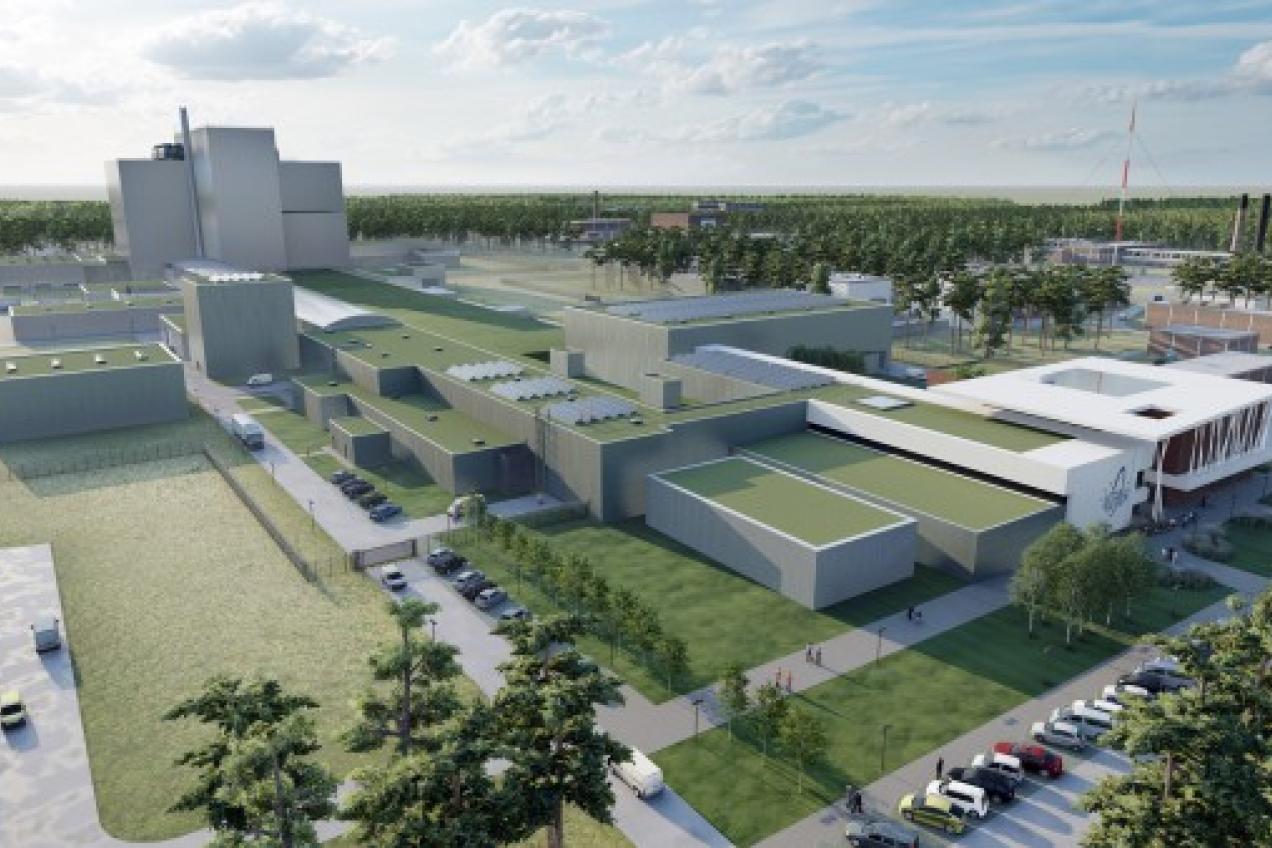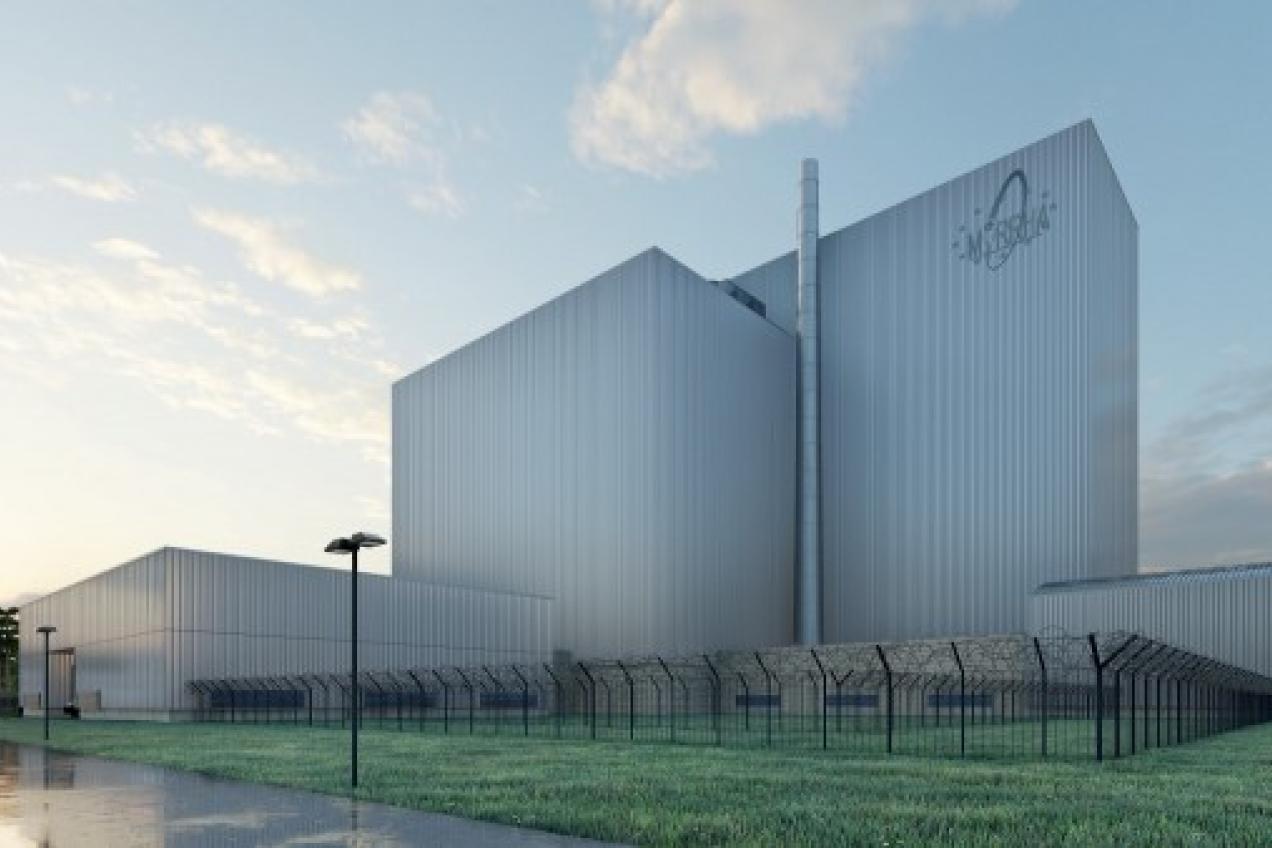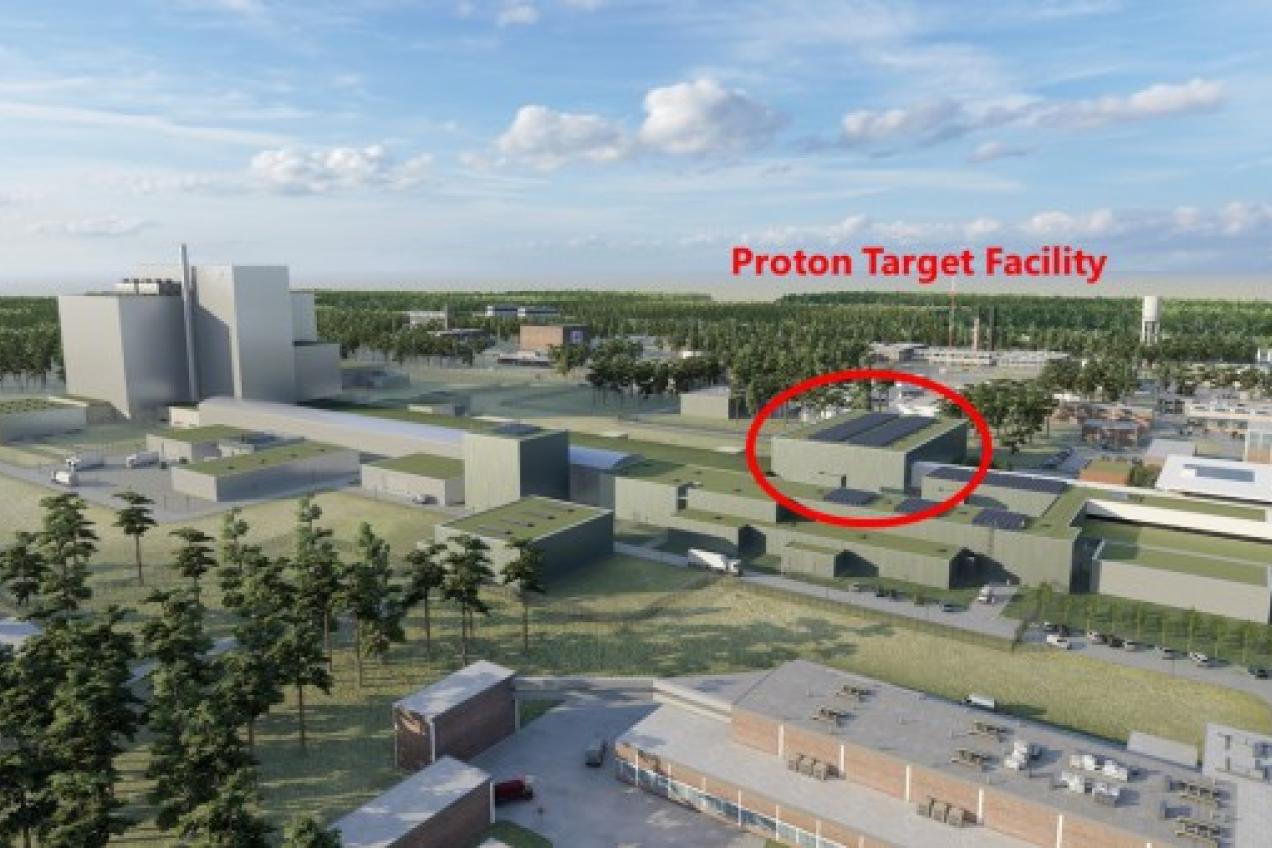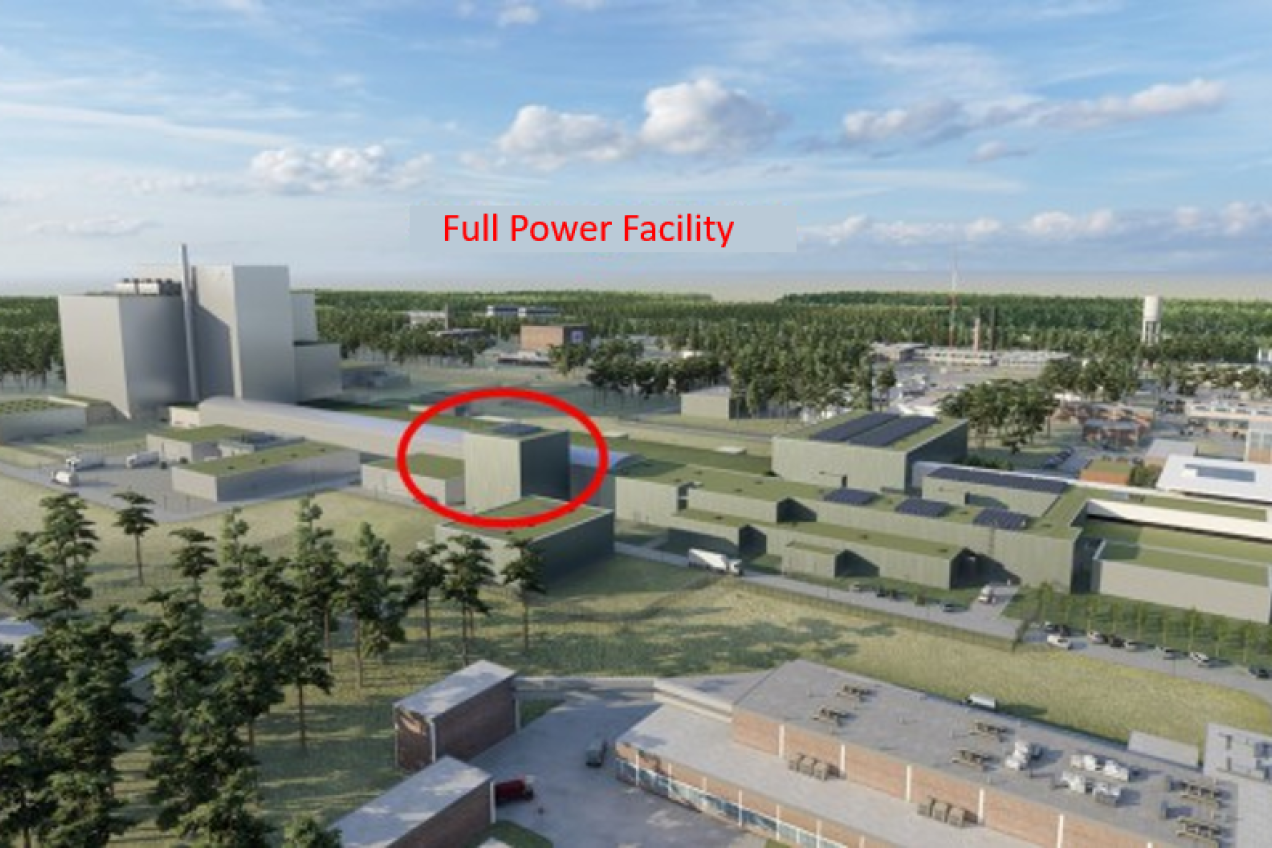About MYRRHA
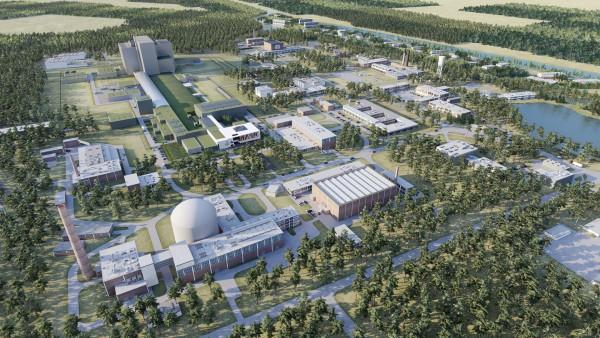
The world's 1st large scale Accelerator Driven System
MYRRHA (Multi-purpose hYbrid Research Reactor for High-tech Applications) is the world’s first large scale Accelerator Driven System (ADS) that consists of a subcritical nuclear reactor driven by a high power linear accelerator. With the subcritical concentration of fission material, the nuclear reaction is sustained by the particle accelerator only. Turning off the proton beam results in an immediate and safe halt of the nuclear reactions.
Financial support
On 7 September 2018 the Belgian Federal Government decided to have the MYRRHA project built on the SCK CEN site in Mol. Based on a total budget of € 1.6 bn, the government committed € 558 m towards the project’s phased approach.
In addition, the Belgian government announced the establishment of an international non-profit organisation that will be ideally suited to welcome investment from additional participating countries. As MYRRHA fits within the European Union’s ESFRI (European Strategic Forum for Research Infrastructure) and SET (European Strategic Energy Technologies) Plan, it is a candidate for European Investment Bank financing.
MYRRHA consists of 4 major components:
MYRRHA will be constructed in 3 phases:
-
Phase 1: design and construction of the first linac section (up to 100 MeV)
This phase will confirm the linac’s operational reliability required later to drive the reactor with the 600 MeV proton beam. In addition, it consists of the Proton Target Facility for the production of medical radioisotopes and for fundamental and applied research in physics as well as for material research. The third component is the Fusion Target Station, where materials for fusion reactors will be tested. The first phase also includes research and development of the linac extension to 600 MeV and of the sub-critical reactor. Finally, reactor pre-licensing is also part of Phase 1. This phase is scheduled for completion in 2026.
-
Phase 2: extension of the 100 MeV linac to 600 MeV.
This extension is required to drive the reactor. When completed, the linac will be approximately 400 m long. Phase 2 is scheduled for completion in 2033.
-
Phase 3: construction of the reactor
The double wall, unpressurised pool-type vessel will accommodate all primary systems. The sub-critical reactor will be fed by neutrons that are generated by the spallation source that, in turn, is fed with protons from the linac. This fast reactor is cooled by lead-bismuth eutectic (LBE) and has a maximum thermal power output of 100 MW. The reactor is scheduled to be commissioned in 2036.

